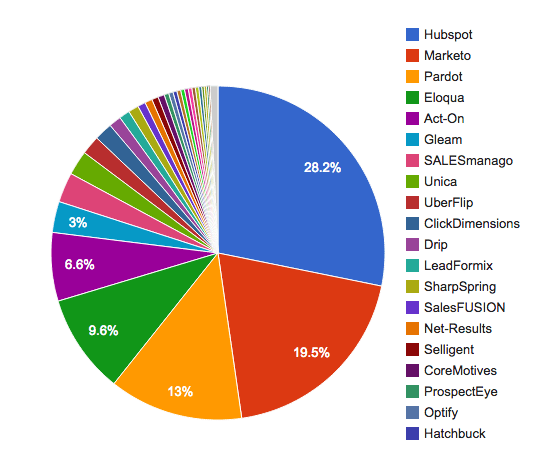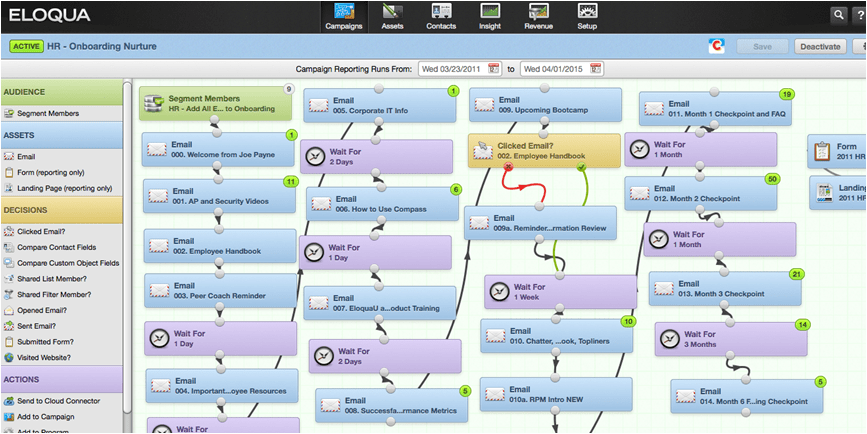RadioShack’s Blueprint for a Rebirth, Planned by a Hedge Fund
A day after RadioShack’s narrow escape from liquidation in bankruptcy court, Soohyung Kim, the financier who led the contentious rescue, retreated to a back office to make a conference call with the chain’s almost 2,700 workers, vendors and landlords.
For many of those listening, it was their first direct real introduction to the chief architect of the retailer’s unlikely reincarnation.
“It’s time for a new day,” Mr. Kim said, his voice tense yet steady. “We’re here today because we know this can work.”
Minutes later, relieved and exhausted, Mr. Kim sat down with his small team at Standard General, his New York hedge fund, and pondered their feat.
“The fact that we actually pulled this off is. ...” he trailed off.
“Gratifying?” Robert Lavan, a team member, suggested.
RadioShack is a shadow of its former self, an afterthought in a world dominated by Amazon and Best Buy that has little need for scrappy stores that peddle cables and connectors.
But Standard General, whose lender takeover of about 1,700 of RadioShack’s 4,000 stores won court approval last Tuesday, does not see it that way.
“We always believed that when you stripped away its relatively heavy cost structure, and some of the legacy ways they did business, there actually was a core here that was worth saving,” Mr. Kim said.
Many in the industry are skeptical.
“In the consumer’s mind, RadioShack is a name that has come and gone,” said Craig R. Johnson, founder of the retail consultant Customer Growth Partners in New Canaan, Conn. “What’s its reason for being? What consumer problem are they solving?”
That is a question that RadioShack, the 94-year-old electronics chain, has tried to answer for years as the digital revolution sapped demand for its staples and its stores tracked a slow decline. In February, it filed for bankruptcy protection, buckling in the face of bigger rivals and online competition.
RadioShack’s biggest creditor, Salus Capital Partners, pushed a plan that would probably have liquidated the retailer, prompting a showdown in bankruptcy court. But Standard General’s bid, and its promise to save some 7,500 jobs, prevailed.
Now, the new RadioShack is pushing a revised raison d’être.
RadioShack will slim down to become an electronics convenience store of sorts, focusing on things like Bluetooth headsets, chargers and other accessories that shoppers may need immediately rather than waiting a day or two for shipment of a web order. One of the most profitable RadioShack stores is a Bridgehampton, N.Y., outlet that is frequented by weekend vacationers who have forgotten their smartphone chargers or earphones. And one of RadioShack’s top-selling products is hearing aid batteries.
Tablets, laptops and digital cameras will disappear from RadioShack stores, and mobile phone sales and services will be handled by its new partner, Sprint, all of which affects just 7 percent of RadioShack’s sales. Remaining product lines will also shrink, to 60 headphones from about 180, for example, and to just one fitness wristband from 34.
In an interview, Ron Garriques, a former Dell and Motorola executive chosen last week to lead the new RadioShack, said the chain would also focus on small cities with populations of 5,000 to 100,000, where demand still exists for a neighborhood electronics store.
When he and the Standard General team studied the old RadioShack’s 4,200 stores by profitability, they found that the best-performing stores were not in big cities or fancy malls, where the rents are high and competitors also sell electronics. Most of those stores will close. The number of stores in Manhattan, for instance, will fall to just three from more than 30.
But in many smaller communities, Mr. Garriques said: “RadioShack is part of the neighborhood. We are the ‘go to’ store for electronics.”
Then, there is the partnership with Sprint.
RadioShack long profited from selling mobile phones, but in recent years, as the market matured, the retailer suffered under increasingly unfavorable contracts with the mobile carriers. To make matters worse, RadioShack did not have its own credit underwriting system for cellphone customers, and when any customers defaulted on monthly payments, RadioShack was required to make up the difference. So as competition among the networks intensified, RadioShack found that its associates struggled to properly explain the ever-changing payment plans.
Now, Sprint will take over the selling of mobile phones, paying RadioShack to take up 60 percent of the floor space plus a sales commission and freeing RadioShack from what had weighed heavily on its bottom line. RadioShack hopes that the Sprint shops-inside-shops, which will appear on Sprint’s store locaters, will also drive more traffic to its stores. (Sprint will increase its store count by almost 50 percent.)
“The parts of the business that you think are unsexy are the ones that are doing great,” Mr. Kim said. “And the parts that you’d think are cool, the smartphones and the prime locations — horrendous.”
Standard General is now looking for more partners to set up displays or shops-inside-shops at RadioShack. Those partners, from start-ups in the United States to overseas suppliers, could sell anything, Mr. Garriques said: consumer electronics, home security systems, solar panels, wireless chargers.
One immediate uncertainty is the RadioShack brand. Salus, the largest creditor, still owns the rights to the RadioShack name. Without a deal, the retailer has only six months left to use the often-mocked yet highly recognized moniker. Standard General said that it would try to buy the name, but that it was also open to calling the stores something new.
Salus also owns vast amounts of RadioShack’s customer data, though Standard General contends that much of that data is outdated, and privacy agreements probably prevent Salus from selling it.
The RadioShack deal has thrust Standard General — until recently a little-known player in several television broadcasting transactions — into one of the most visible corporate turnaround efforts this year. The hedge fund is also leading a turnaround at another troubled retailer, American Apparel.
Mr. Kim said his fund’s work with highly indebted companies meant that he sometimes encountered bankruptcies. But RadioShack’s difficult bankruptcy — which, unlike many recent cases, was not an accelerated, “prepackaged” process — appeared to have taxed him and his team.
Still, he said, that is what he does. “We do our best to make lemonade out of lemons.”
By HIROKO TABUCHI, The New York Times - {{ The Guest Post Blogger organization was not involved in the creation of this content. - Dalvi Prabhakar B, Founder & Digital Manager (SEO,SEM,SMO) }}




